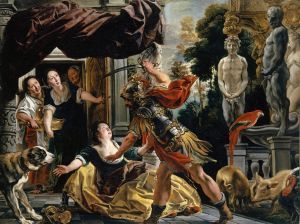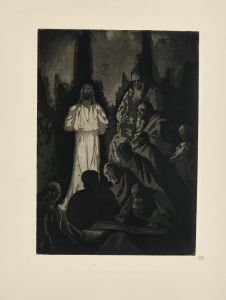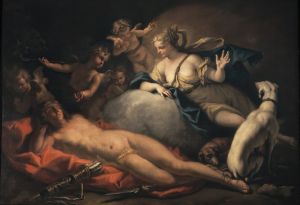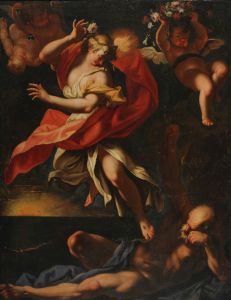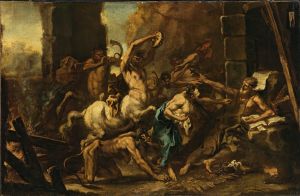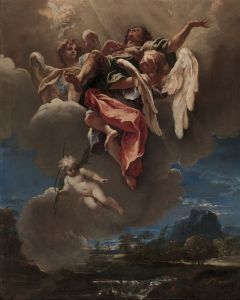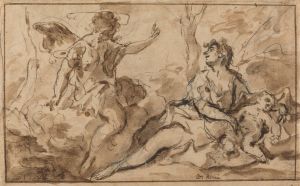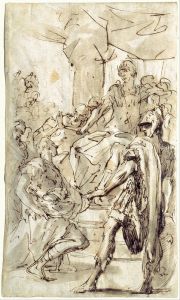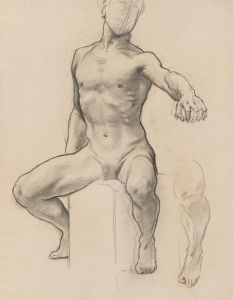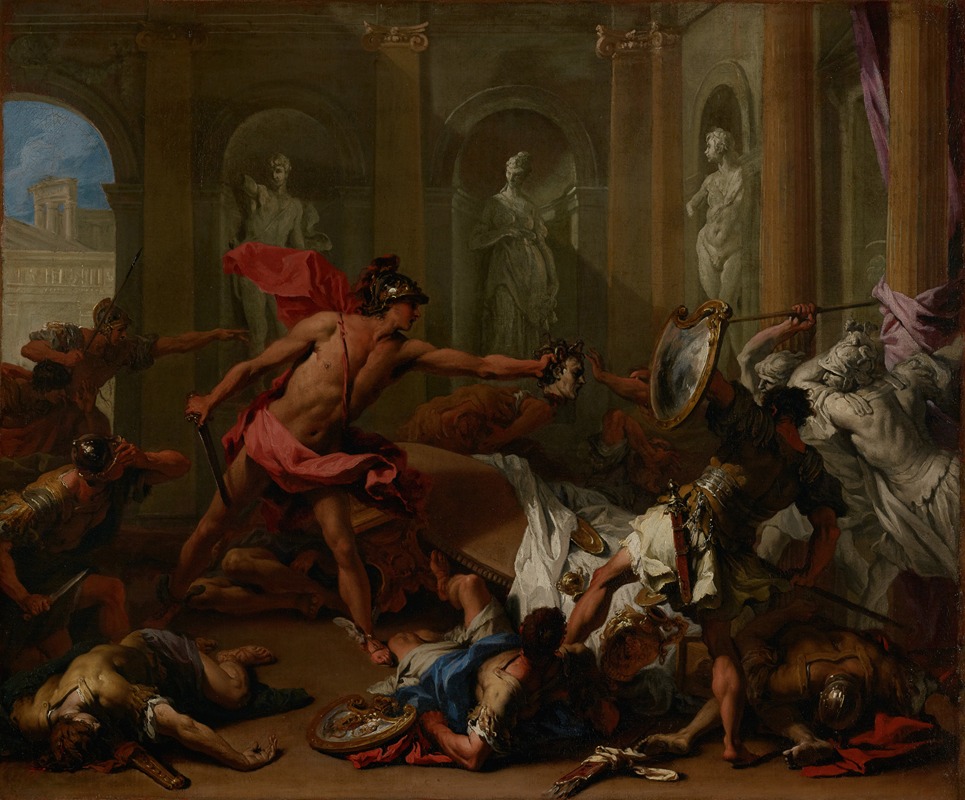
Perseus Confronting Phineus With The Head of Medusa
A hand-painted replica of Sebastiano Ricci’s masterpiece Perseus Confronting Phineus With The Head of Medusa, meticulously crafted by professional artists to capture the true essence of the original. Each piece is created with museum-quality canvas and rare mineral pigments, carefully painted by experienced artists with delicate brushstrokes and rich, layered colors to perfectly recreate the texture of the original artwork. Unlike machine-printed reproductions, this hand-painted version brings the painting to life, infused with the artist’s emotions and skill in every stroke. Whether for personal collection or home decoration, it instantly elevates the artistic atmosphere of any space.
Sebastiano Ricci's Perseus Confronting Phineus with the Head of Medusa is a Baroque painting that depicts a dramatic moment from Greek mythology. Created by the Italian artist Sebastiano Ricci (1659–1734), the work showcases his mastery of dynamic composition, vibrant color, and theatrical storytelling, all hallmarks of the Baroque style.
The painting illustrates a scene from the myth of Perseus, as recounted in Ovid's Metamorphoses. After slaying the Gorgon Medusa and using her severed head as a weapon, Perseus attends a banquet celebrating his marriage to Andromeda. During the feast, Phineus, Andromeda's former suitor, interrupts the celebration with a group of armed men, intending to reclaim her. In the climactic moment captured by Ricci, Perseus confronts Phineus and his followers, brandishing Medusa's head. The sight of the Gorgon's head, which has the power to turn onlookers to stone, petrifies Phineus and his men, effectively ending the conflict.
Ricci's composition emphasizes movement and tension, with figures arranged in dynamic poses that convey the chaos and urgency of the scene. The artist employs a rich color palette, with dramatic contrasts of light and shadow, to heighten the emotional intensity. The use of chiaroscuro—a technique that contrasts light and dark—draws attention to Perseus and the head of Medusa, the focal points of the painting.
Sebastiano Ricci was a prominent figure in the Venetian school of painting during the late 17th and early 18th centuries. His work reflects the influence of earlier Baroque masters, such as Peter Paul Rubens and Paolo Veronese, while also contributing to the development of the Rococo style. Ricci's ability to combine mythological themes with a sense of theatricality and grandeur made him a sought-after artist in his time.
The exact date of the painting's creation is not definitively documented, but it is generally attributed to Ricci's mature period, when he was producing works for patrons across Europe. The painting is notable for its ability to convey both the heroism of Perseus and the terror of his adversaries, encapsulating the dramatic essence of the myth.
Today, Perseus Confronting Phineus with the Head of Medusa is recognized as an example of Ricci's skill in interpreting classical mythology through the lens of Baroque aesthetics. The painting is held in a private collection or museum, though specific details about its current location and provenance are not widely available.





